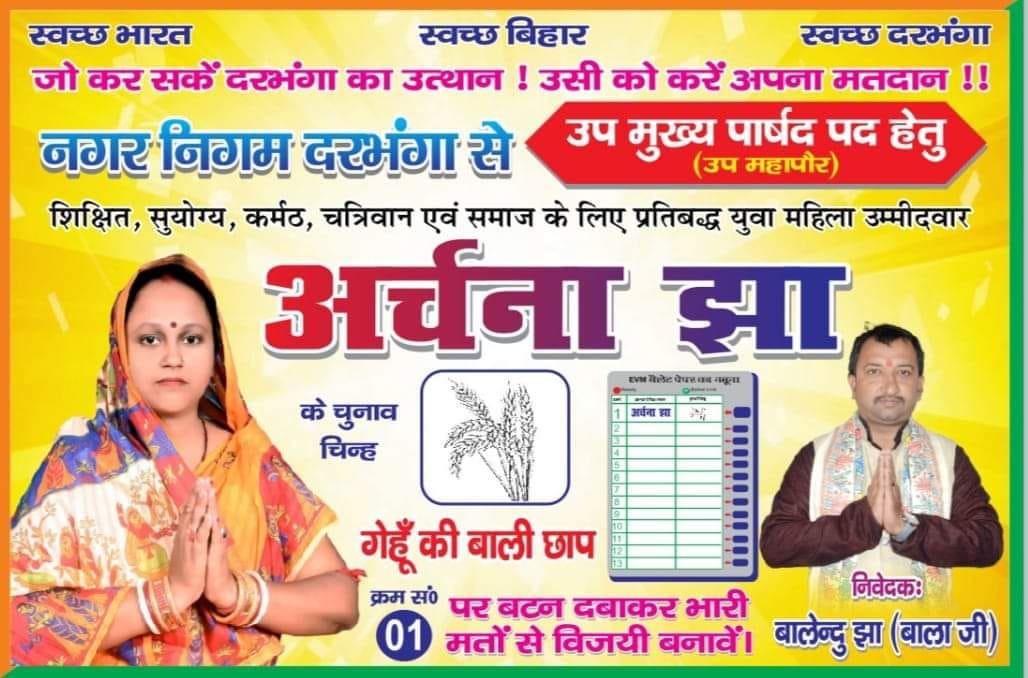
Darbhanga Ward No 34, with population of 6814 is Darbhanga city’s the 17th most populous ward, located in Darbhanga sub district of Darbhanga district in the state Bihar in India.
Demographics
The ward is home to 6814 people, among them 3595 (53%) are male and 3219 (47%) are female. 80% of the whole population are from general caste, 20% are from schedule caste. Child (aged under 6 years) population of Darbhanga Ward No 34 is 15%, among them 53% are boys and 47% are girls. There are 1315 households in the ward and an average 5 persons live in every family.
Growth of population
Population of the ward has increased by 59.3% in last 10 years. In 2001 census total population here were 4277. Female population growth rate of the ward is 85.2% which is 43.6% higher than male population growth rate of 41.6%. General caste population has increased by 40.2%; Schedule caste population has increased by 279.1% and child population has increased by 122.3% in the ward since last census.
Sex Ratio – Females per 1000 Male
As of 2011 census there are 895 females per 1000 male in the ward. Sex ratio in general caste is 889, in schedule caste is 920. There are 893 girls under 6 years of age per 1000 boys of the same age in the ward. Overall sex ratio in the ward has increased by 210 females per 1000 male during the years from 2001 to 2011. Child sex ratio here has increased by 78 girls per 1000 boys during the same time.
Literacy
Total 4125 people in the ward are literate, among them 2354 are male and 1771 are female. Literacy rate (children under 6 are excluded) of Darbhanga WARD NO.-0034 is 71%. 77% of male and 65% of female population are literate here. Overall literacy rate in the ward has decreased by -18%. Male literacy has gone down by -13% and female literacy rate has gone down by -22%.
Workers profile
Darbhanga WARD NO.-0034 has 27% (1823) population engaged in either main or marginal works. 42% male and 10% female population are working population. 32% of total male population are main (full time) workers and 10% are marginal (part time) workers. For women 8% of total female population are main and 2% are marginal workers.








